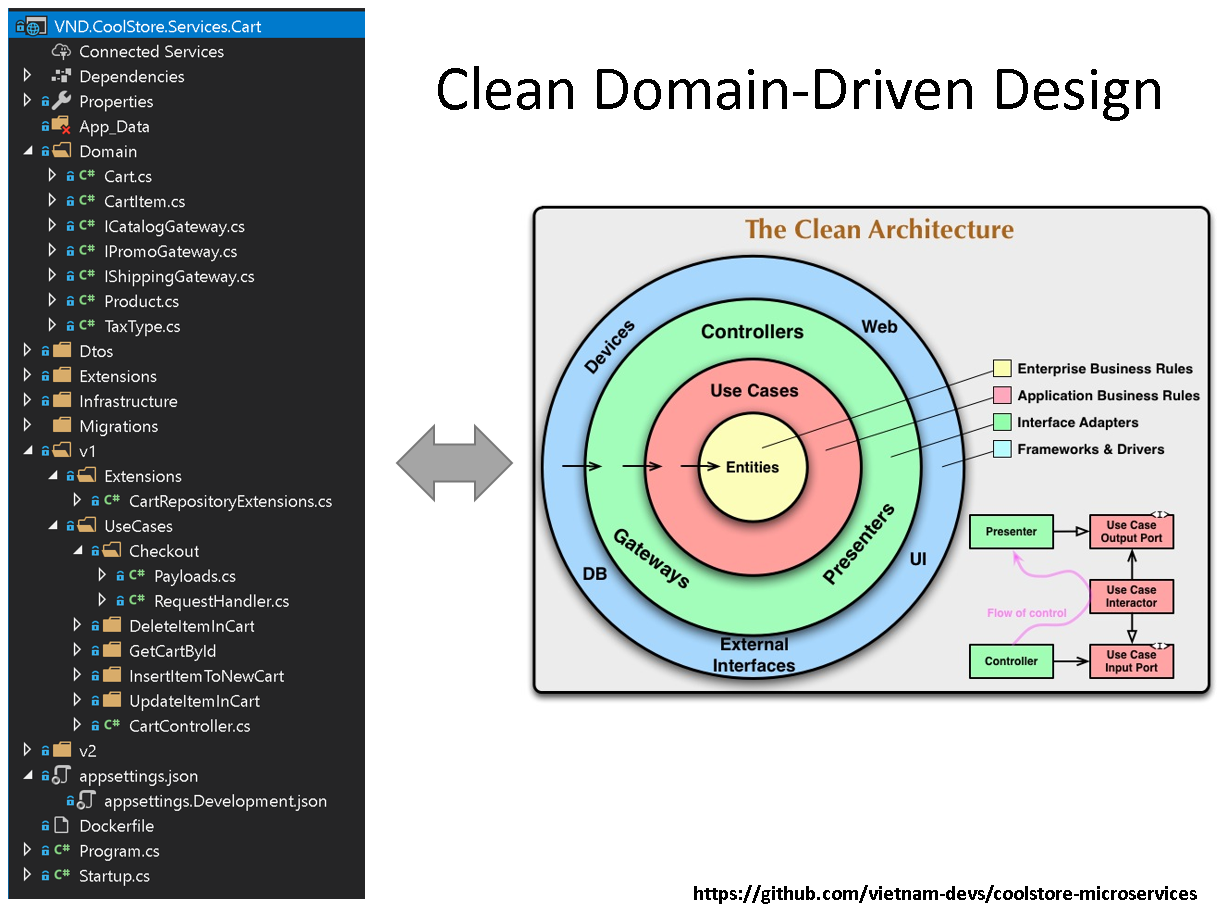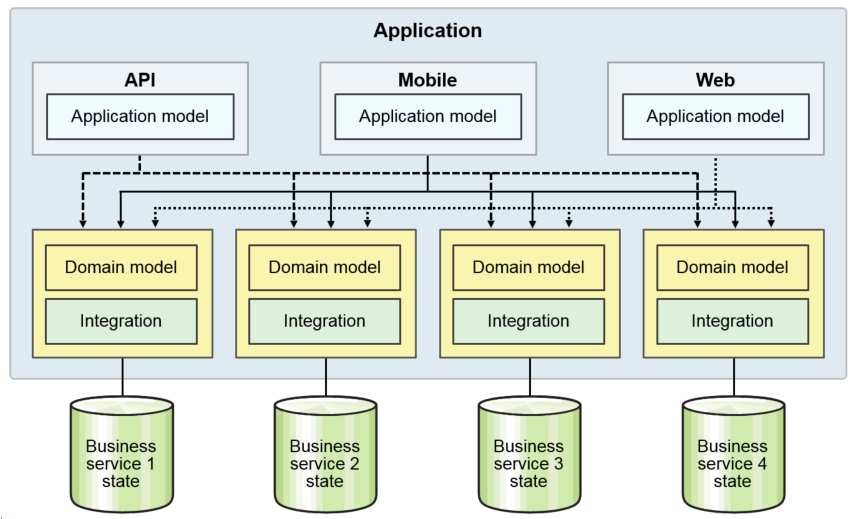

The domain-driven approach is here to solve the complexity of software development. In this context, complexity means interconnectedness, many different data sources, different business goals, etc. However, complexity is the problem that domain-driven design should solve.

What’s complex for one person is simple for another. The Complexity ChallengeĬomplexity is a relative term. Eventually, this creates more value for the end-user. They spend less time coordinating with other developers and more time on developing the actual code. This allows them to develop different small parts that will later be merged as a large app. This is due to the ability to work in small teams. Many developers claim microservices have made them more efficient. Moreover, the team can also work on it independently, which is, in fact, the point of the microservice architecture. This way, the microservice can run independently from other microservices. The business goal is important to the business users, with a clear interface and functions. Microservices is an architecture design model with a specific bounded context, configuration, and dependencies. These result from the architectural principles of the domain-driven design and DevOps. Domain-driven design is the idea of solving problems of the organization through code. They can be developed and easily maintained individually, after what they are joint in a complex application. The application consists of several small services, each representing a separate business goal. Using microservices means creating applications from loosely coupling services.


 0 kommentar(er)
0 kommentar(er)
